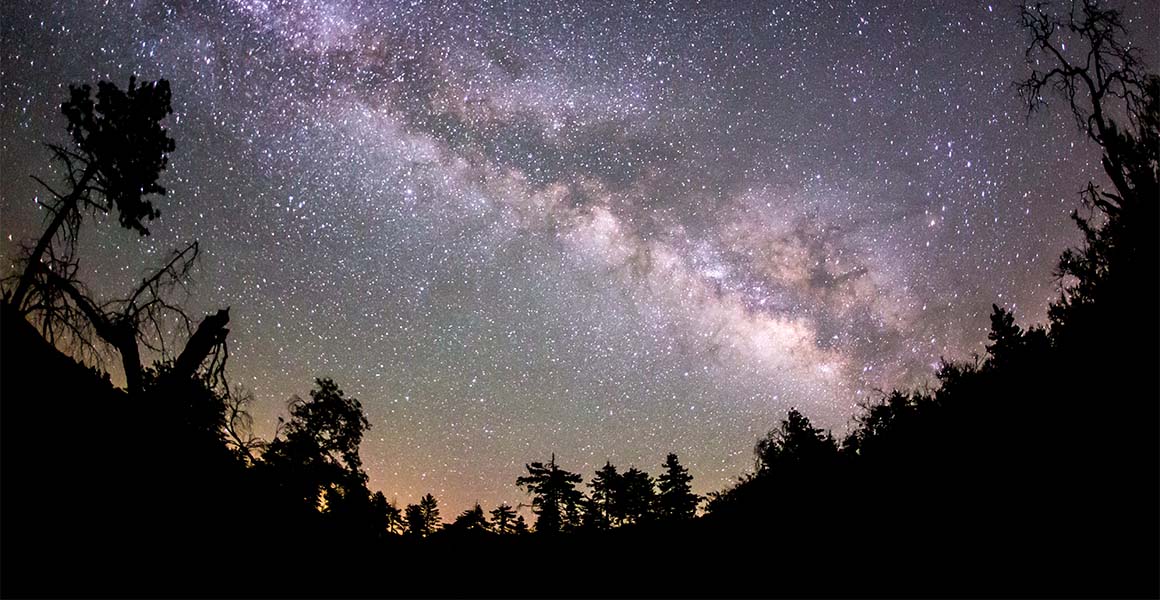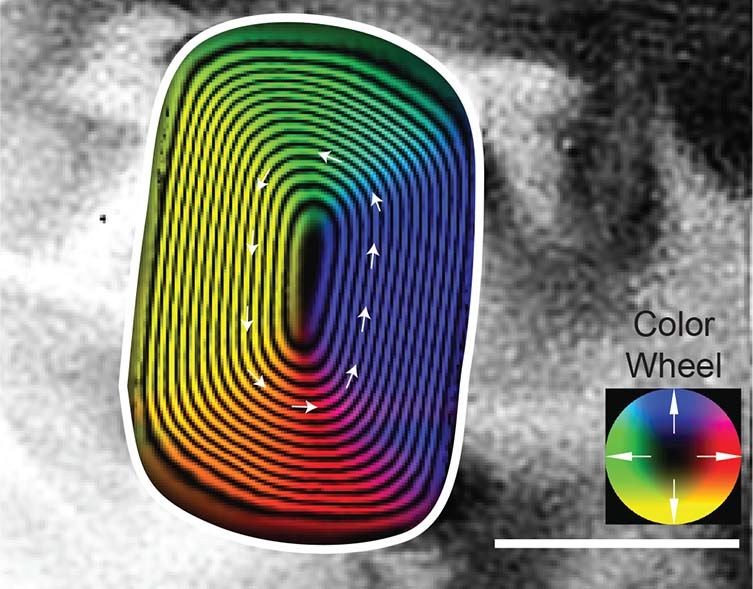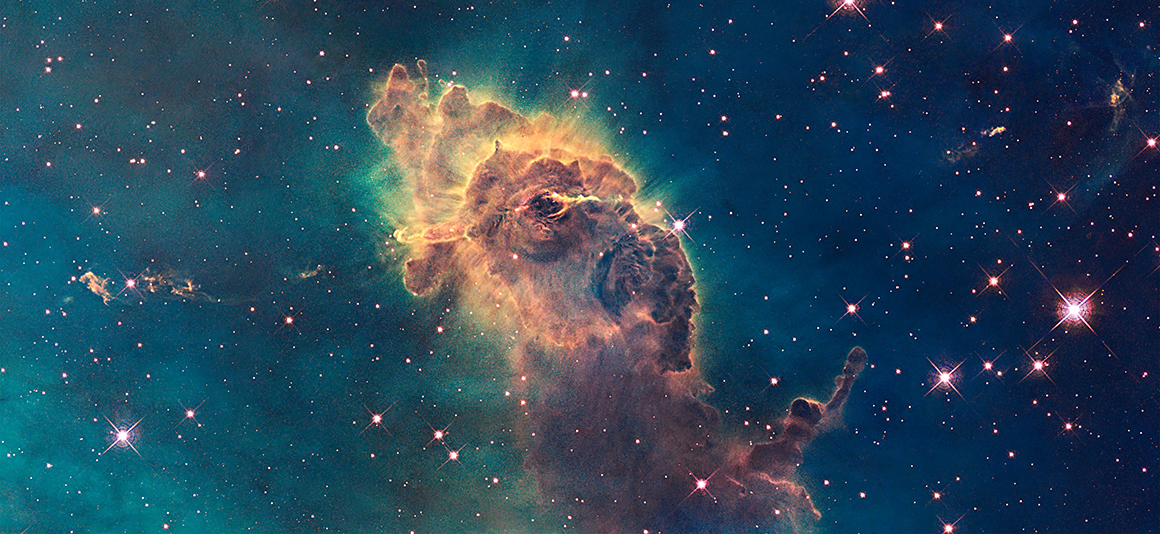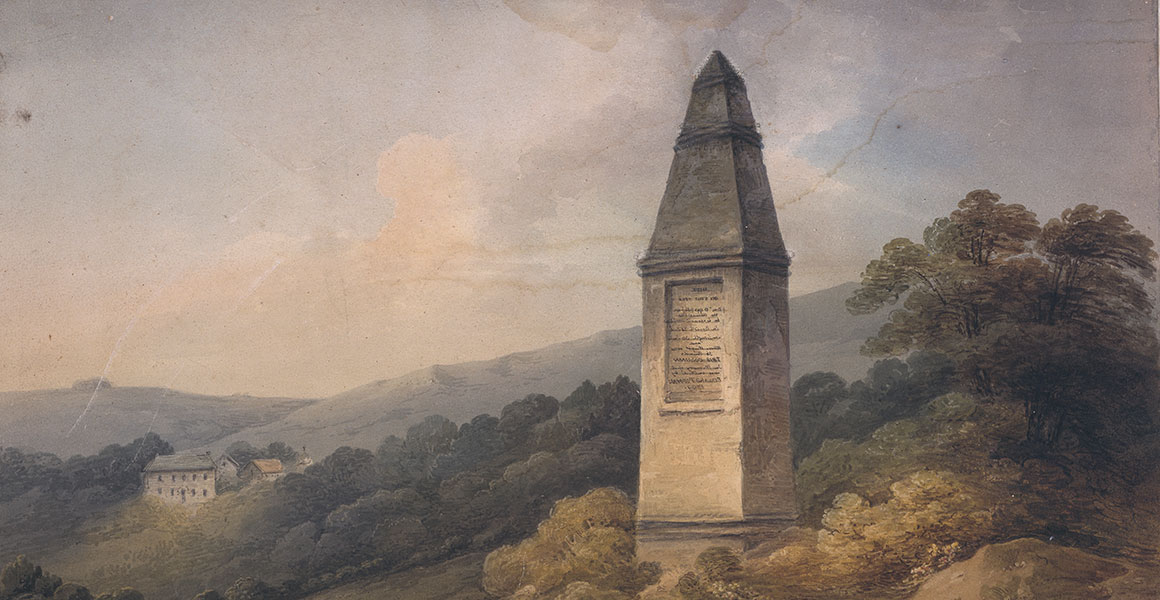Researchers have been studying the magnetic fields of 4.6-billion-year-old meteorites.

Our solar system formed 4.6 billion years ago, from a cloud of dust and gas. Just a few million years later, those dust and gas particles formed into the Sun and its surrounding planets.
It was a process that happened remarkably quickly in the grand scheme of geological time. And scientists have long puzzled over why the Sun and planets were able to form from almost nothing so quickly - and why the early planets were not sucked into our huge, fiery Sun.
The answer is magnetism, a force caused by magnets, which are objects that create fields that attract and repel each other.
Magnetic fields may have helped to shape our solar system into its present state, although scientists aren't sure exactly how. These fields (alongside gravity) also helped the planets to form.
Everything we know about those 4.6-billion-year-old magnetic fields is from data trapped inside meteorites that fall to Earth.
Ancient magnets
Merit researcher Prof Sara Russell and former PhD student Jay Shah are part of team that has discovered that ancient magnetic fields can be preserved for billions of years.
Previously, experts were unsure whether the meteorites kept in scientific collections really held true traces of the solar system's first magnetic fields.
These meteorites date back to the very beginning of the solar system, and have existed through billions of years of collisions and changes. They are also, of course, now on Earth, which has a magnetic field of its own.
But Sara, Jay and their colleagues have concluded that the magnetism really does stand the test of time. The discovery adds strength to the field of rock magnetism.
They studied the Bishunpur meteorite, which fell in Jharkhand, eastern India, and has been in the Museum's collection for decades.

A magnetic induction map of a Bishunpur grain. The direction of the magnetic induction is indicated by the arrows and the color wheel.
Sara says, 'Meteorites are like postcards from the past. They are so important because they are the only things that can tell us about the solar system's formation, 4.6 billion years ago.
'This particular meteorite was very useful to us because it is unaltered. It has not been heated or experienced any water damage. It looks exactly as it did billions of years ago.'
Mapping magnetism
To examine a meteorite's magnetism, scientists must place the rock under a special electron microscope.
There are only a few machines in the world that can image magnetic fields. Jay took the Bishunpur meteorite to the Ernst Ruska-Centre for Microscopy and Spectroscopy with Electrons, and the Peter Grünberg Institute - both in in Jülich, Germany - to achieve his images.
Results show the minerals that make up the Bishunpur meteorite contain tiny grains of iron metal.
These iron grains have very complex magnetic fields, sometimes with more than one north or south pole.
Jay says, 'The stability of the magnetism carried by grains could previously only be assumed for grains with simple magnetic structures that look like the classic bar magnet.
'However, the magnetism carried by these ancient iron grains flows in complex vortex structures.
'In our study we show, through both experimental observations and calculations, that the complex magnetic structures of the iron grains are actually more stable than the simple bar magnet structures.
'This strongly suggests that the magnetism carried by these meteorites originates from the beginning of the solar system.
'That means that these meteorites can inform us of the magnetic fields present when the planets were forming and being transported around the solar system.'
Are all meteorites magnetic?
Magnetism depends on how much iron is present in a rock.
Meteorites vary hugely. Some are entirely made of iron, meaning that they will be attracted to magnets, and some have no iron in them at all.
Future study
Scientists hope that this confirmation of early magnetic fields in meteorites will open the door to a new field of study, in which researchers can uncover more about how the solar system supports life.
Jay says, 'The confirmation that metal grains are capable of retaining ancient magnetic fields allows us to confidently look at rocks that would have recorded magnetic fields during key points in the history of our planet and the solar system.'
Sara adds, 'Scientists want to know whether there is something special about our solar system that meant a planet like Earth could form and host complex life.
'Understanding more about how magnetism formed the solar system will help us to answer those bigger questions.'
Related information
- Read the paper in the journal Nature
- Find out more about the Museum's meteorites collection
- See meteorites at the Museum in The Vault gallery

Explore space
Discover more about the natural world beyond Earth's stratosphere.




Don't miss a thing
Receive email updates about our news, science, exhibitions, events, products, services and fundraising activities. We may occasionally include third-party content from our corporate partners and other museums. We will not share your personal details with these third parties. You must be over the age of 13. Privacy notice.
Follow us on social media